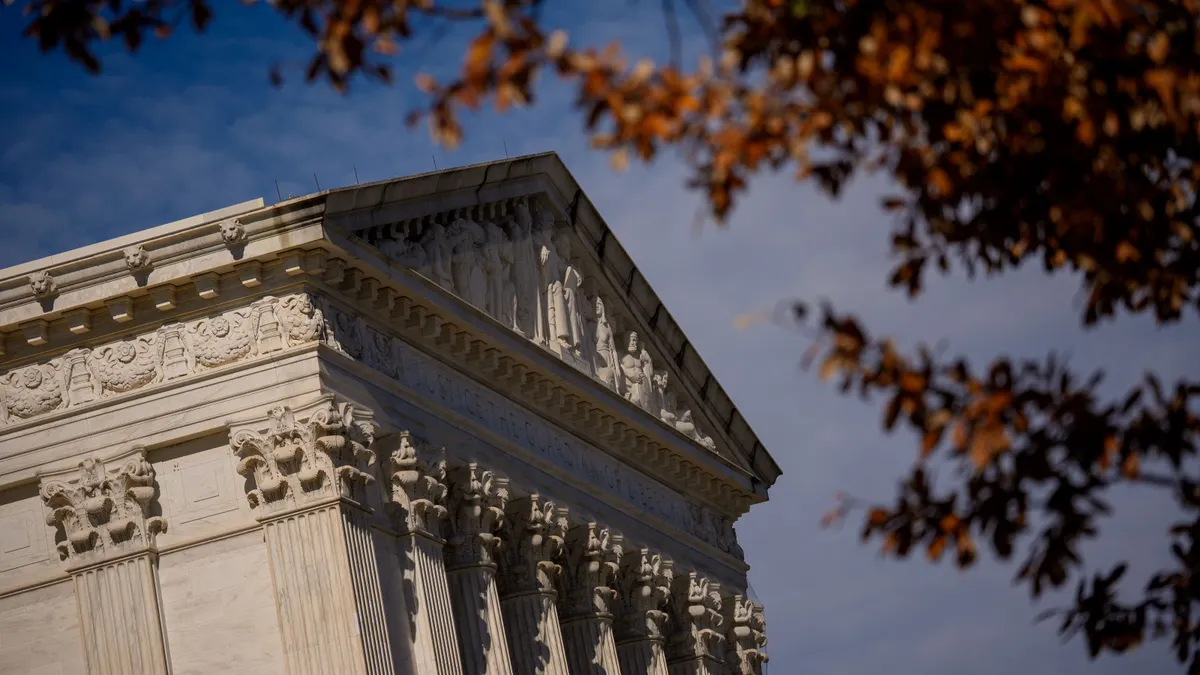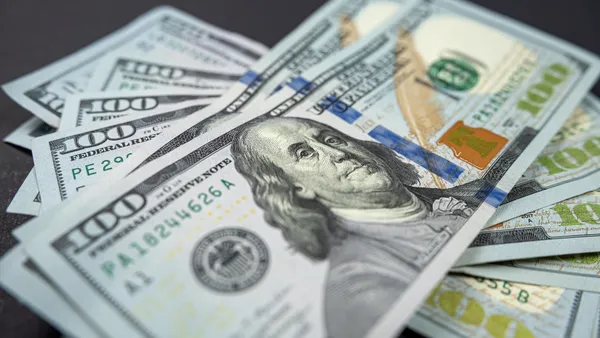Dive Brief:
- Optimism among small businesses rose in May from a four-month slump on expectations for brighter business conditions and higher sales, the National Federation of Independent Business said Tuesday.
- The proportion of small business owners planning capital outlays this year increased to 22%, the highest level of 2025, NFIB found in a monthly survey. Respondents identified taxes as their biggest problem, including Trump administration tariffs and the possibility that Congress will fail to pass legislation extending 2017 tax cuts.
- “Congress hasn’t passed the Big Beautiful Bill yet and [President Donald] Trump is still messing with tariffs — the uncertainty level is rising,” the NFIB said in a statement. “The economy will continue to stumble along until the major sources of uncertainty are resolved.”
Dive Insight:
Stumble or not, the U.S. economy will likely slow to a 1.4% growth pace this year from 2.8% in 2024, the World Bank forecast Tuesday, citing the burden from Trump’s tariffs.
“The outlook for U.S. growth and inflation in 2025 has deteriorated relative to January forecasts,” the World Bank said in a report.
“The rise in trade barriers, heightened uncertainty and the spike in financial market volatility are set to weigh on private consumption, international trade and investment,” the World Bank said.
“As a result, U.S. growth is expected to decelerate sharply in 2025, to 1.4 percent,” the World Bank said. “Investment spending is projected to be particularly hard-hit following the earlier frontloading of imported investment goods.”
The Organization for Economic Cooperation and Development on June 3 also noted the drag from import levies when downgrading its forecast for U.S. gross domestic product growth in 2025 to 1.6%.
“Although optimism recovered slightly in May, uncertainty is still high among small business owners,” NFIB Chief Economist Bill Dunkelberg said in a statement.
Small business owners last ranked taxes as their No. 1 problem in December 2020, NFIB said.
Fourteen percent of respondents said that inflation — a likely result from the highest tariffs since the 1930s — was their single most important problem, according to NFIB. Thirty-eight percent of small businesses reported higher average selling prices in April.
Price pressures have gradually fallen. The personal consumption expenditures price index — the Federal Reserve’s preferred inflation gauge — rose just 0.1% in April, the Commerce Department reported on May 30.
On an annual basis, the PCE slowed to 2.1% through April from 2.3% in March. The Bureau of Labor Statistics on Wednesday is scheduled to release May inflation data.
The proportion of small business owners expecting an increase in sales rose 11 points last month compared with April for a net 10% gain, the NFIB said. Improved prospects for sales was the biggest factor pushing up the NFIB’s Optimism Index beyond its 51-year average.
“Even with a brighter outlook, owners are staying sharp — reevaluating costs, being strategic with hiring and keeping a close eye on borrowing,” Mark Valentino, head of business banking at Citizens, said in an email.
“Easing fears around tariffs may be helping sentiment, but long-term pressures remain, especially for businesses reliant on global supply chains and seasonal labor,” he said.














